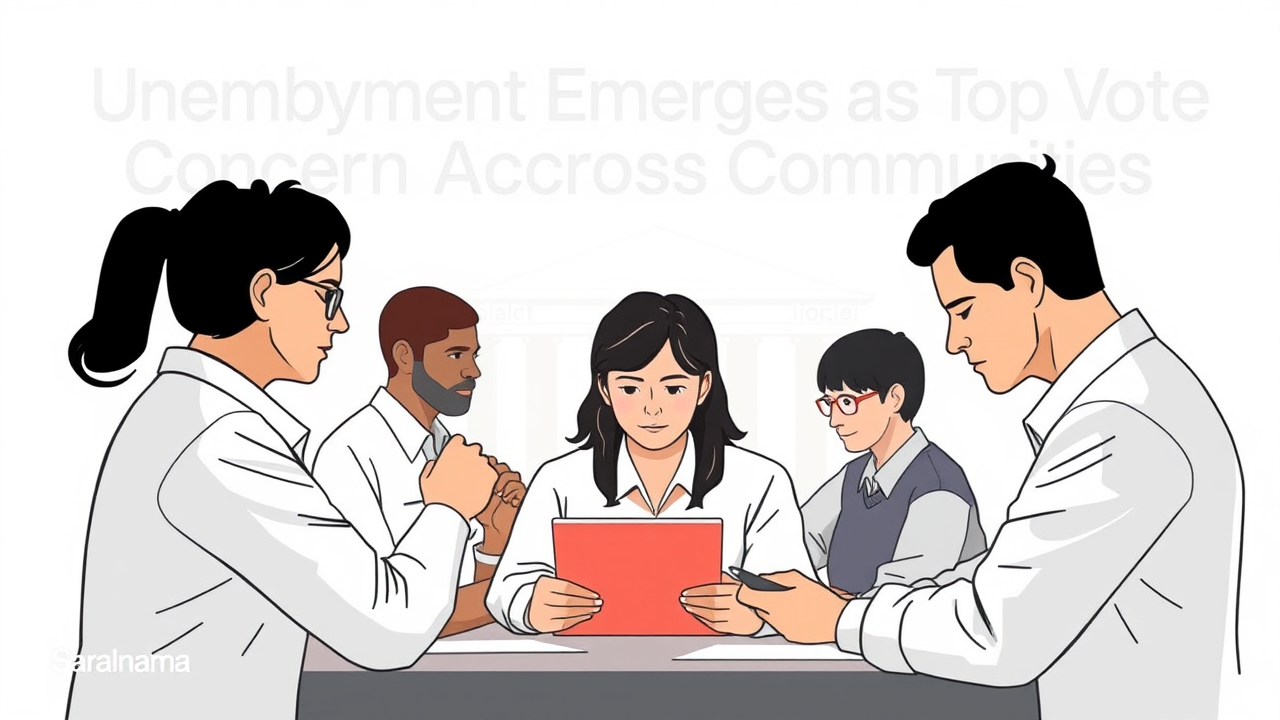A journalist revisited Piparghatti village in Gaya district, 46 years after first arriving in 1979 to cover a land rights movement led by the Chatra Yuva Sangharsh Vahini for the Musahar community, one of the most marginalized Dalit groups in Bihar. The original visit revealed extreme poverty, with families surviving on rats, roti, salt, and minimal oil. Returning in 2025 during the Bihar election season, the journalist found visible improvements: pucca roads, partly-concrete homes replacing mud huts, and a middle school serving local children. However, deep challenges persist. Female literacy among Musahars remains drastically low at 1.43 percent compared to 53.5 percent for Bihar women overall. Many women still lack formal education. The dominant election issue across communities is unemployment. Women in Piparghatti expressed their primary demand as jobs for their children, echoing concerns voiced by young voters in nearby towns. The visit highlighted how democracy has empowered marginalized groups over decades, yet economic distress and the lack of employment opportunities continue to shape voter priorities. The November 14 election results may reveal whether Bihar's electorate is shifting from caste-based voting to prioritizing employment and development.

Unemployment Emerges as Top Voter Concern Across Communities
When asked what message they would send to the Prime Minister and Bihar Chief Minister, Musahar women in Piparghatti and a young woman in neighbouring Barachatti town all responded with one word: berozgari (unemployment). An 18-year-old Musahar bride, married just four months earlier, explained that her husband migrated to Chennai to work in a packaging factory, and the family depends entirely on remittances. She urged leaders to provide jobs locally so children do not have to leave. This demand for employment echoed across different communities, reflecting widespread economic distress. Opposition leader Tejashwi Yadav has responded by promising one government job per family, a pledge resonating strongly with voters despite critics dismissing it as unrealistic. Poll strategist Prashant Kishor has also emphasized jobs and education to stop migration from Bihar.
Visible Progress Yet Deep Challenges Remain in Musahar Lives
Piparghatti now has a pucca road and many homes have transitioned from mud huts to part-concrete structures. A middle school operates in the village, and several children attend classes. One nine-year-old girl studying in a private school aspires to become a doctor. However, many children remain unenrolled and shy away from interaction, reflecting limited confidence. Female literacy among Musahars stands at merely 1.43 percent as per the 2011 Census, far below the Bihar average. Early 1980s land distribution to Musahar women, a result of the Sangharsh Vahini campaign, was considered revolutionary, but many families later sold these plots due to illness, death, or marriage expenses. The community's political awareness has grown—most women recognize leaders like Nitish Kumar and support him for welfare schemes including the Rs 10,000 cash transfer under the Mukhyamantri Mahila Rozgar
Source: Link
